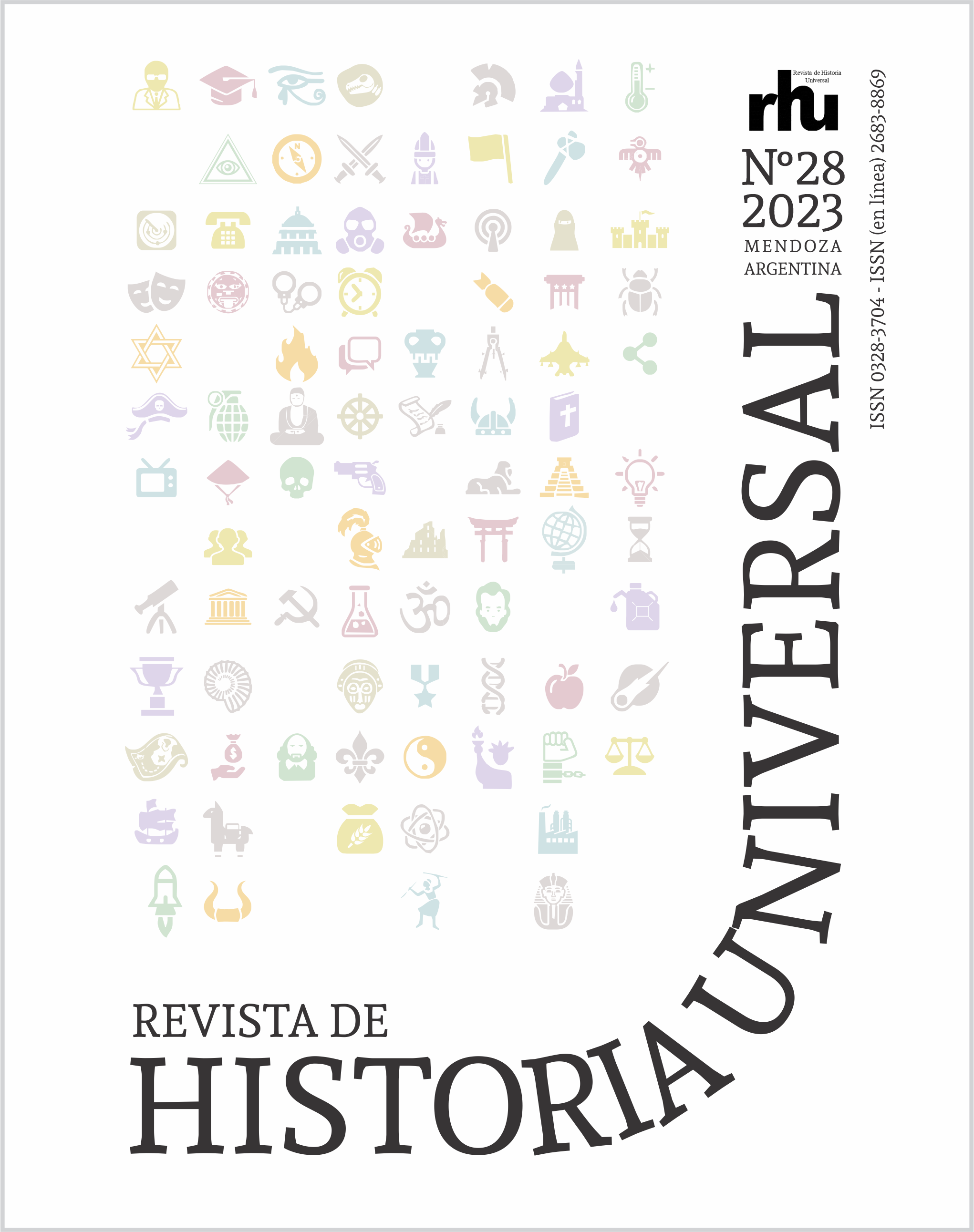Between legitimacy, revolution and education
Keywords:
legitimacy, education, violenceAbstract
The purpose of this work is to offer an academic contribution from a humanist perspective to the crisis of legitimacy that is being experienced in Peru, manifested in tensions and unrest within the country that have affected national unity. The possibility of confusing the terms “legitimate” with “legalful” may create difficulties in believing that legal rules are intended to contribute to the cohesion of Peruvians and strengthen national identity. Then, the value of an education that considers the integrity of the person and focuses on spiritual formation is highlighted. Violence is a phenomenon that tries to reorganize power in favour of an interest that does not always correspond to that of the country and, also, attacks at the expense of the social fabric. Certain ideologies that use people’s pain have triggered social processes that have resulted in violence and division of the population. This has jeopardized the protection of the most important values generated by national union. This work seeks to bring to the lecture the need for a truly human education, profound and linked with the social values that have built the national identity of Peru. Legitimacy, as a fruit of spiritual education, enables social changes to be carried out as a key to unity and to strengthen institutions as a result of the identification of the population with its rulers.
References
Bárcena Pérez, A. (2015). La guerra de la Vendeé. Una cruzada en la revolución. San Román.
Bix, B. H. (2009). Diccionario de teoría jurídica. Universidad Nacional Autónoma de México.
Casalino C. (2020). El Padrón Electoral como expresión de las dispotas por el poder a los largo de la historia republicana (Perú: 1821-2019). En M. Sánchez y M. Valenzuela (Eds.). Democracia, participación y representación electoral en el Perú. Textos para reflexionar el Estado en los siglos XX y XXI (pp. 27-62). ONPE.
Cepedello Boiso, J. (2019). Los conceptos de Estado y nación en la teoría política islámica contemporánea. En R. Luis Soriano Díaz, J. M. Seco Martínez (Coord.) y R, Rodríguez-Prieto (Coords.). Temas clave de la filosofía del derecho y política: comentarios críticos (pp. 87-106). Tecnos.
Fayt, C. (1995). Derecho Político. Depalma.
Han, B. (2019). Hegel y el Poder Un ensayo sobre la amabilidad. Herder.
Han, B. (2016). Topología de la Violencia. Herder.
Jaeger, W. (2001). Paideia. Los ideales de la cultura griega. Fondo de Cultura Económica.
Katz, F. (2003). El papel del terror en la revolución rusa y en la revolución mexicana. Istor, revista de historia internacional, 13, 80-98.
Alan García reconoce ser el "mal menor" frente a Humala en la segunda vuelta electoral (2006, mayo 7). Libertad Digital. https://www.libertaddigital. com/mundo/alan-garcia-reconoce-ser-el-mal-menor-frente-a-humala-en-la-segunda-vuelta-electoral-1276278589/
Manetto, F. (2020, 9 de noviembre). Todos los hombres de la corrupción en Perú. El País. https://elpais.com/internacional/2020-11-10/todos-los-hombres-de-la-corrupcion-en-peru.html
Sanmartín, P. (2022, octubre 9). Chile: Un cambio con justicia. Amnistía Internacional. https://www.es.amnesty.org/en-que-estamos/blog/historia/ articulo/chile-un-cambio-con-justicia/
Schmitt, C. (1932). El concepto de lo político. Alianza Editorial.
Ossorio, M. (2018). Diccionario de Ciencias Jurídicas, Políticas y Sociales. Heliasta.
Renuncia Manuel Merino: qué hay detrás de las masivas manifestaciones que culminaron con la renuncia del presidente. (2020, noviembre 13). BBC News Mundo. https://www.bbc.com/mundo/noticias-america-latina-5492 4923.
Rodríguez, J. (2023, junio 27). Dina Boluarte: Primera y segunda ‘toma de Lima’ trajeron atraso y estancaron la economía. El Comercio. https://elcomercio. pe/lima/sucesos/dina-boluarte-primera-y-segunda-toma-de-lima-trajeron-atraso-y-estancaron-la-economia-ultimas-noticia/
Rubio, M. (2007). El Sistema Jurídico Introducción al Derecho. Fondo Editorial de la Pontificia Universidad Católica del Perú.
Downloads
Published
How to Cite
Issue
Section
License

This work is licensed under a Creative Commons Attribution-NonCommercial-ShareAlike 4.0 International License.







